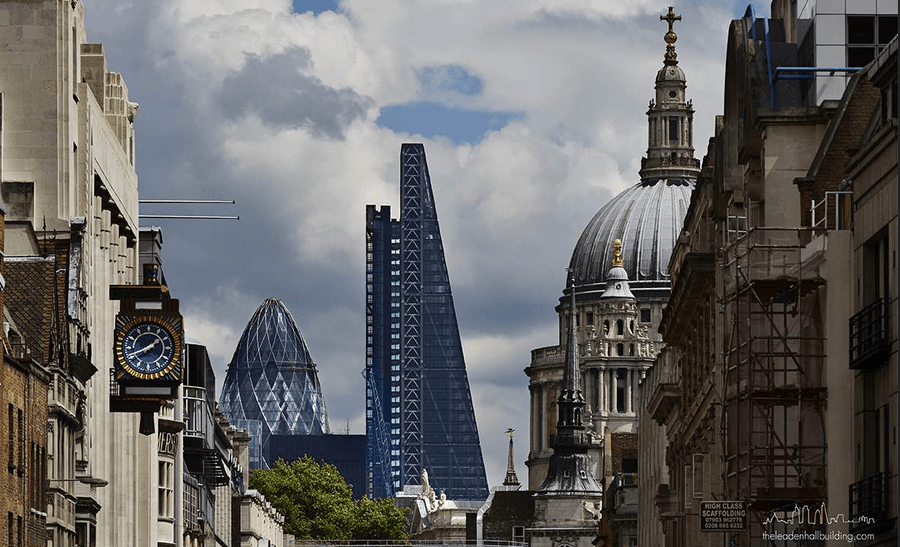
Online estate agent Emoov yesterday published a very interesting analysis of the London housing market. At a time when everybody is talking down London property, how have the individual boroughs performed? Are things really as bad as people are suggesting? Is Brexit really going to hold back the London property market until an agreement is reached?
House price performance
Between June 2016 and June 2017 average house price growth across the UK came in at 4.9%. This will be a lot higher than many people had expected amidst all the doom and gloom surrounding the U.K.’s exit from the European Union. London, as many people have suggested, was the weakest region in the UK with house price growth of just 2.9% during the period. While this is well below the UK average it is worthwhile pointing out again that it is growth, yes, house prices have increased in London even after taking into account of the Brexit vote.
Best performing boroughs
To many people it was obvious, in light of the Brexit vote the top end of the UK housing market would collapse, sellers would overpower the market and buyers would retreat to the sidelines. Interesting that the best performing London Borough was actually Kensington and Chelsea where the average house prices has increased by 12.8% since the EU referendum. The average house price in Kensington and Chelsea stands at a staggering £1.4 million!
Second on the list is Hackney where house prices are up 10% to an average of £550,230 closely followed by Camden with an 8.1% increase with the average property now costing £833,581. These figures are well in excess of the UK average house price and seem to suggest there is still selective demand for property across London.
Worst performing boroughs
The City of London, which houses the U.K.’s financial markets, was the worst performing UK property market with a fall of 20.3% since June 2016. Indeed there was a fall of 9% between May and June 2017 with the average property now valued at £723,576. Could there be further downside in the City of London property market? How will the market react to financial institutions moving part of their operations to areas such as Dublin?
In many ways taking the last 12 months is a selective use of data because the London property market has been head and shoulders above any other area of the UK for many years now. To all intents and purposes, as we have said on numerous occasions, the London property market is a market within a market.
House price to earnings ratio
The house price to earnings ratio touched 5.80 in June 2016 which was the highest level since August 2007. The figure for July came in at 5.65, still towards the top end and well above the UK average between 1983 and 2017 which stands at 4.19. Unfortunately, with wage inflation lagging behind increases in the cost of living it seems almost inevitable that mortgage funding will fall in the short to medium term. Indeed, we all know that the UK authorities have been putting major pressure on the mortgage lenders to introduce more “headroom” space and ensure that customers are able to cover their liabilities, in even the direst of markets.

